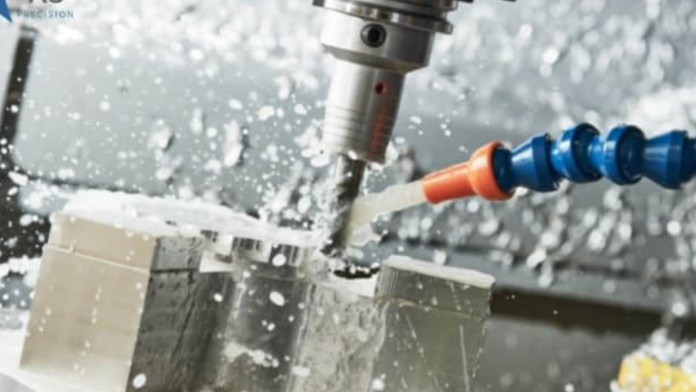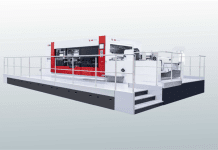Aluminum forging is a sophisticated manufacturing technique that converts aluminum alloys into strong and finely formed components, allowing for a wide range of applications across industries. Aluminum is a popular material in the aerospace, automotive, and industrial sectors due to its lightweight nature, corrosion resistance, and high strength-to-weight ratio.
Aluminum billets are subjected to tremendous heat throughout the forging process, making them pliable and ready for precision shaping. Because of the aluminum forging and adaptability, producers can create complicated parts with improved mechanical qualities while satisfying demanding performance criteria. The aluminum alloy used determines the features of the final product, highlighting the importance of matching alloy properties to the intended use.
A Step-by-Step Guide on How to Perform Aluminum Forging
Aluminum forging is a precision manufacturing method that involves the shaping of aluminum alloys using heat and pressure. This method is essential for creating components with increased strength, longevity, and precision. We will walk through the step-by-step process of aluminum forging in this detailed guide, shining light on the complexities and procedures used by manufacturers to generate high-quality forged aluminum products.
Material Selection
The process of forging aluminum begins with the careful selection of the aluminum alloy. Different alloys, such as 6061, 7075, or 2024, may be used depending on the desired qualities of the final product. Each alloy contributes a distinct combination of strength, corrosion resistance, and other properties to the forging process.
Billet Heating
A furnace is used to heat the selected aluminum billet, which is commonly a cylindrical or rectangular piece of aluminum. This temperature varies depending on the alloy and is essential for obtaining adequate plasticity, which makes the metal pliable and ready for forging.
Tooling and Die Preparation
Tooling and dies are critical in shaping the aluminum during the forging process. The dies were created with the ultimate shape of the product in mind. These precision tools must endure the forging process’s extreme temperatures and pressures. To reduce friction and wear, lubricants or coatings may be applied to the dies.
Perform Operation
The heated aluminum billet is subsequently placed in a forging press for a preform operation. This preliminary stage molds the billet into a rough shape, lowers its cross-sectional area, and prepares it for the subsequent forging phases. The preform process assists in determining the basic shape of the desired product.
Impression Die Forging
Impression die forging is a vital step in the process in which prefabricated aluminum is subjected to high pressure within the dies to obtain the precise details of the final product. Precision and consistency are ensured by the dies, which shape the aluminum into its final form. To produce the desired results, this stage frequently involves many impressions and reheating cycles.
Flash Formation
Excess material, known as flash, is squeezed out between the dies during the forging process. This flare indicates that the forging process is complete. Typically, flash is removed in a separate trimming operation to ensure that the finished product meets the needed parameters.
Heat Treatment
Following the forging process, the forged aluminum product is heat treated to improve its mechanical qualities. This stage entails controlled heating and cooling cycles, which contribute to increased strength, hardness, and overall performance.
Surface Finish and Inspection
After heat treatment, the forged aluminum product is subjected to surface finishing processes, which may involve machining, polishing, or coating to achieve the desired aesthetic and functional features. Following that, rigorous inspection methods ensure that the forged product fulfills the stipulated tolerances and quality standards.
Testing and Quality Assurance
To assess the integrity of the forged aluminum product, non-destructive testing procedures such as ultrasonic testing or magnetic particle inspection may be used. These tests aid in the detection of any flaws or anomalies that may jeopardize the component’s performance.
Final Product
The forged aluminum product is suitable for use after passing all quality testing. Depending on the alloy used and the precise qualities necessary for the application, it may find applications in a variety of industries, including aerospace, automotive, marine, and others.
Summary
Aluminum forging is a sophisticated and precise manufacturing technique that converts raw aluminum into high-strength, long-lasting components. Every step of the forging process helps to create products with outstanding mechanical qualities. As technology improves, advancements in forging techniques and equipment continue to enhance the process, guaranteeing that forged aluminum components play an important part in a variety of industries, satisfying the ever-increasing demand for lightweight, high-performance materials.








